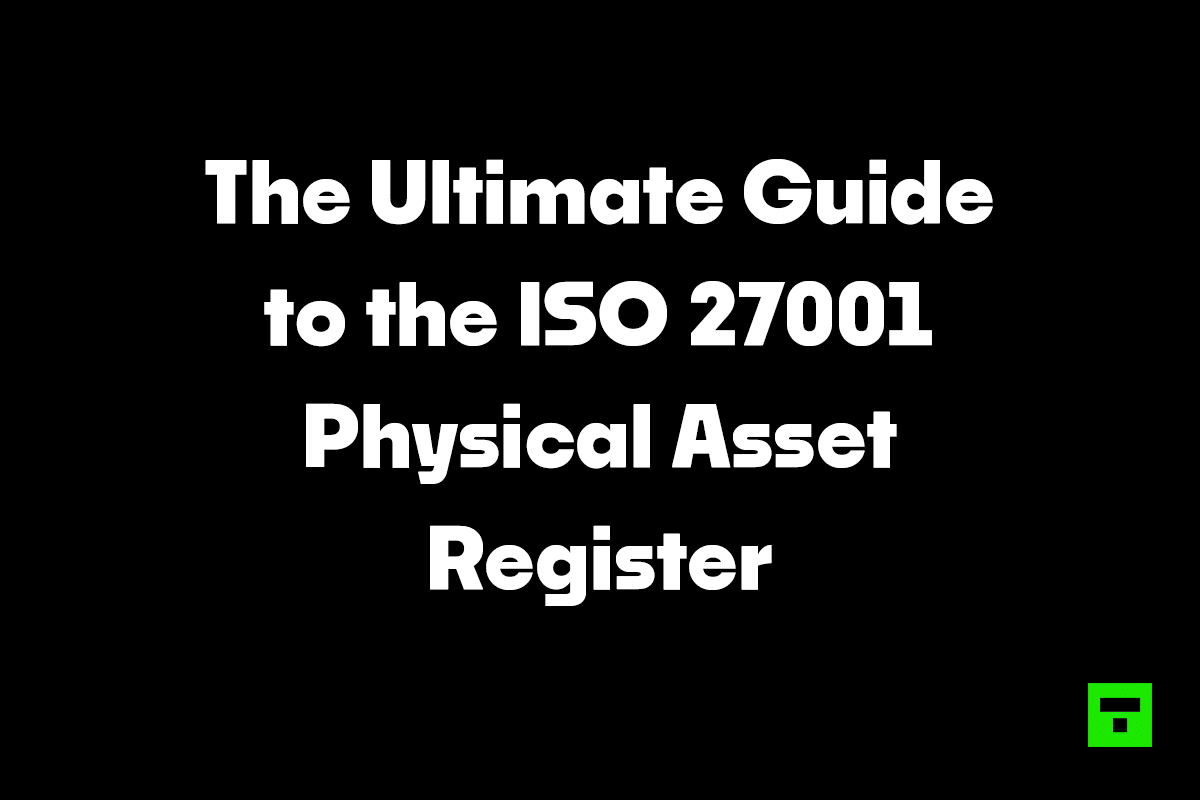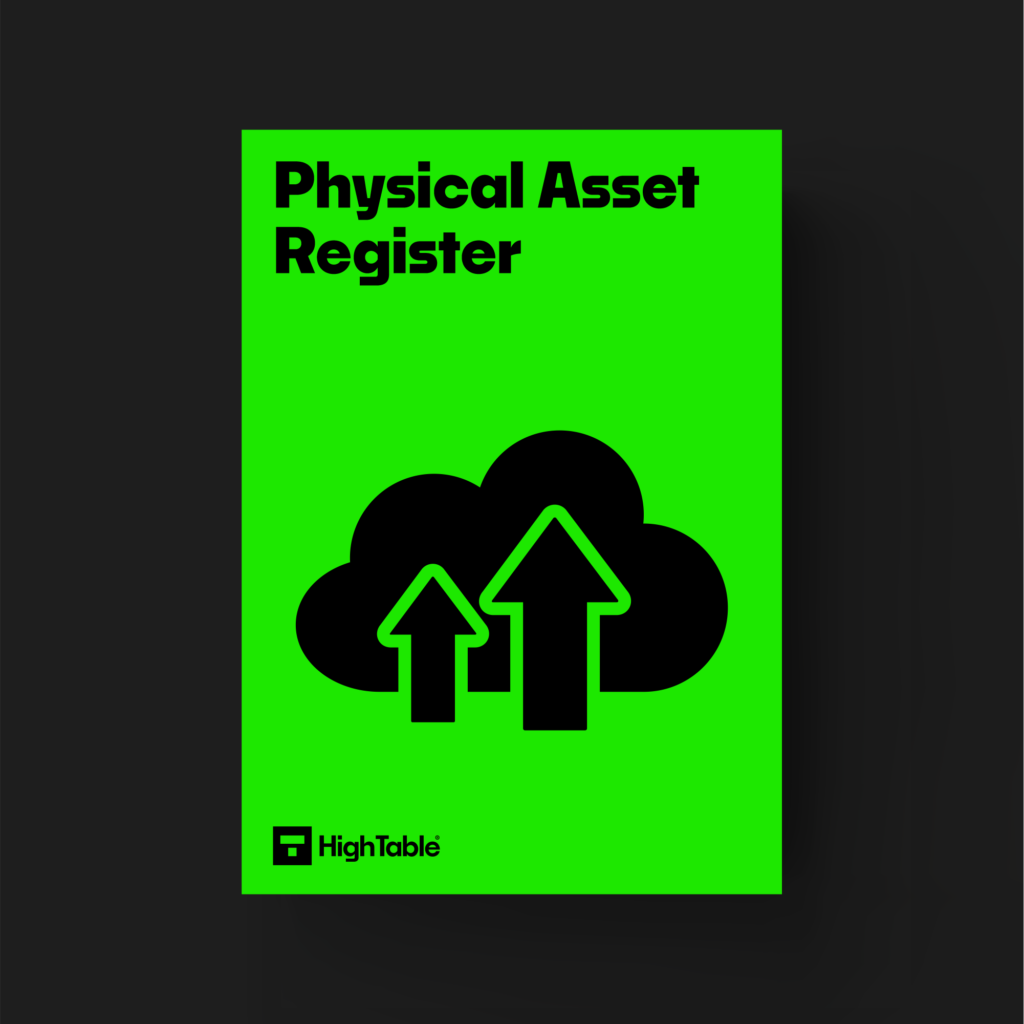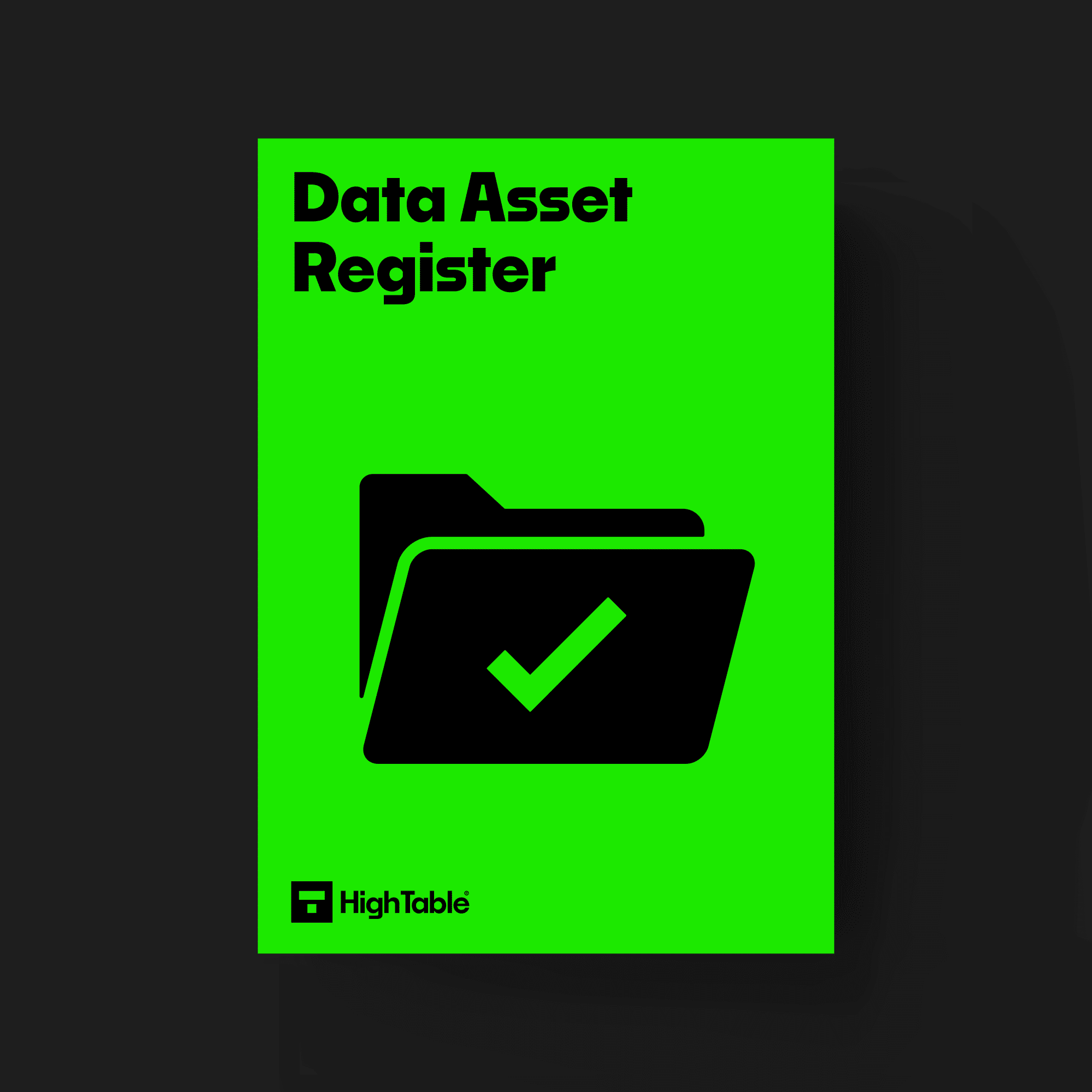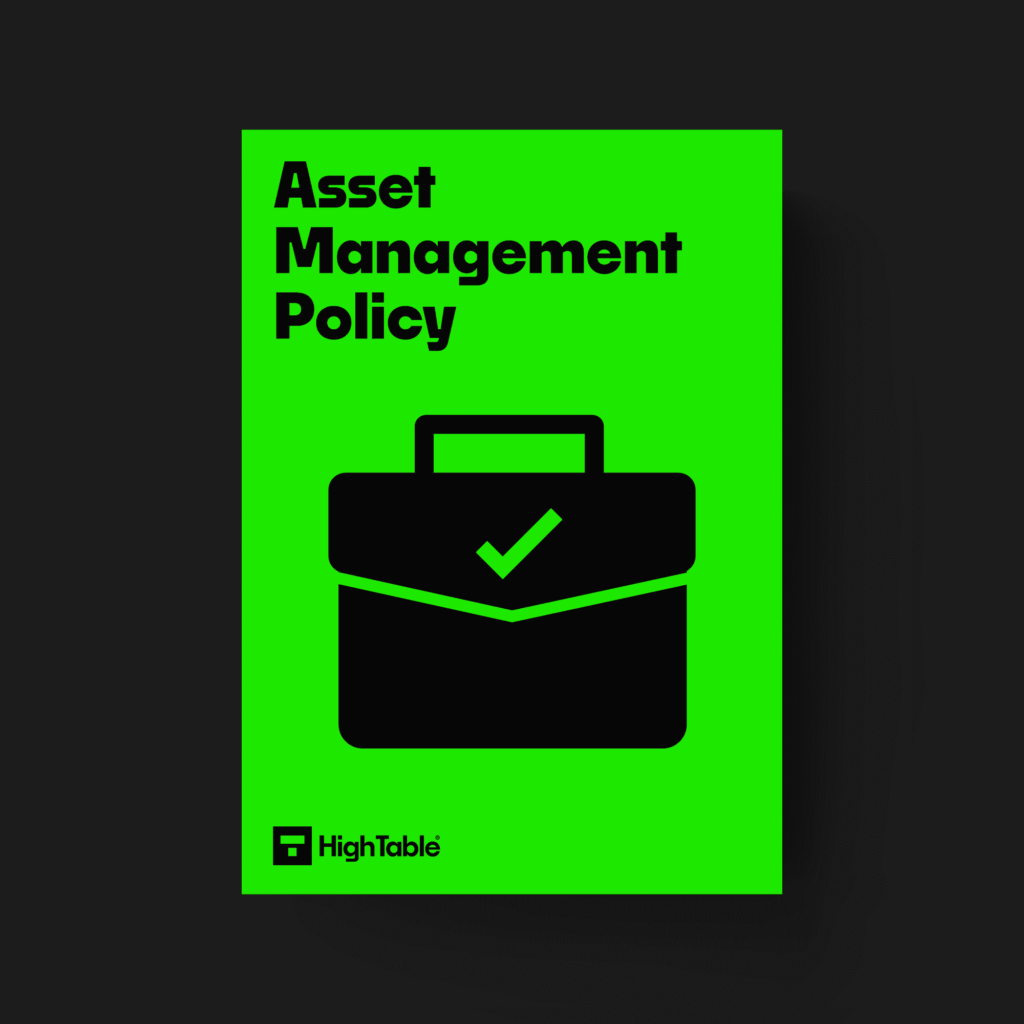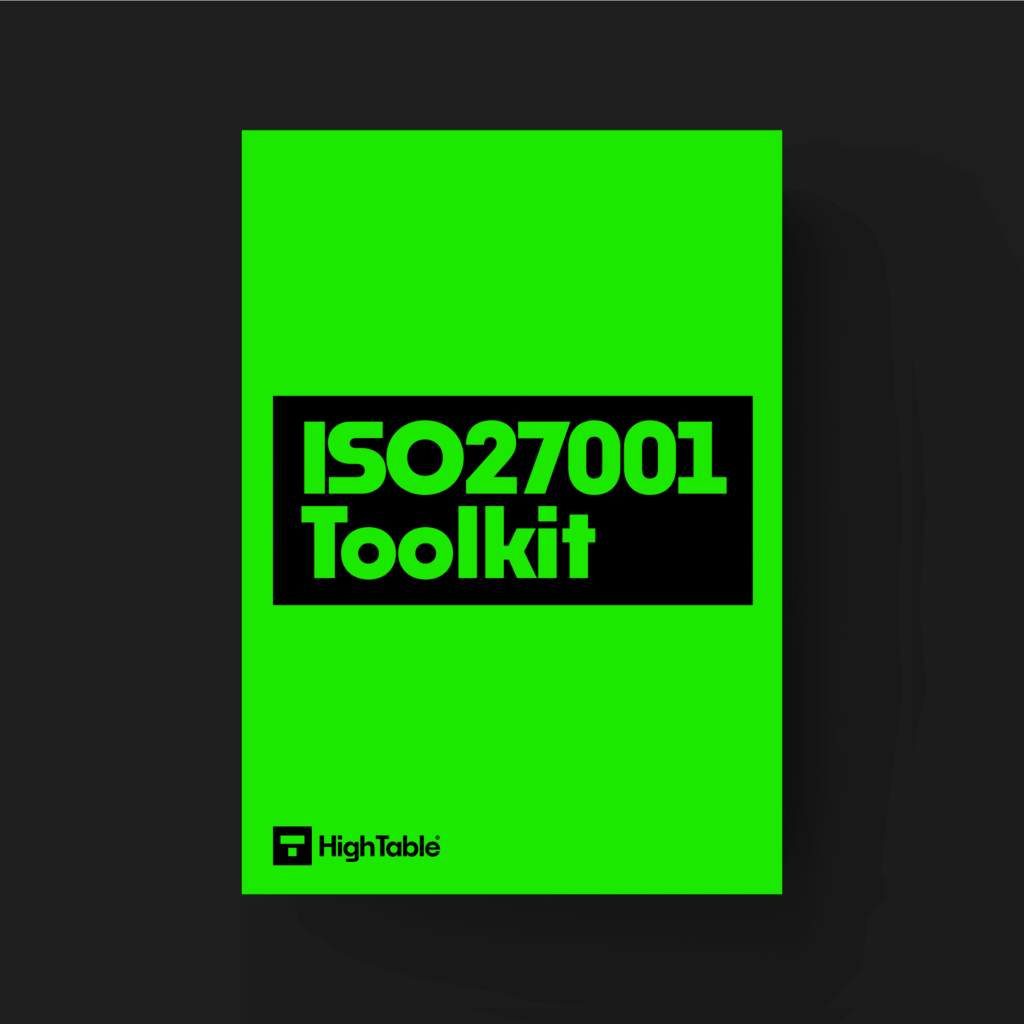In this article we lay bare the ISO 27001 Physical and Virtual Asset Register . Exposing the insider trade secrets, giving you the templates that will save you hours of your life and showing you exactly what you need to do to satisfy it for ISO 27001 certification. We show you exactly what changed in the ISO 27001:2022 update. I am Stuart Barker the ISO 27001 Ninja and this is the ISO 27001 Physical and Virtual Asset Register .
Let us take a deep dive and see what an ISO 27001 physical asset register contains, how to write it and downloadable templates that can save time and money.
Table of contents
What is the ISO 27001 Physical and Virtual Asset Register?
You cannot control what you do not know so the ISO 27001 physical asset register is the register of all things that store, transmit or process data. In addition you will need a data asset register. There are some key things to record about assets.
We are going to want to record some basic information like serial numbers, asset owners. Then we want to look at what data the devices process, the classifications of the data, the criticality of devices and more.
We consider all devices including ones people often miss such as removable media, wireless access points, routers, switches.
The Asset Register forms part of the ISO 27001toolkit.
ISO 27001 Physical and Virtual Asset Register Templates
DO IT YOURSELF ISO 27001
All the templates, tools, support and knowledge you need to do it yourself.
How to create and use an ISO 27001 physical asset register in under 5 minutes
In this ISO 27001 physical asset register tutorial we show you how to create an ISO 27001 Physical and Virtual Asset Register from scratch in under 5 minutes.
A further tutorial video with a walkthrough of the ISO 27001 physical asset register as a best practice approach on the conent.
Physical Asset Register FAQ
An ISO 27001 physical asset register is used to record the physical devices that store, process or transmit data through and organisation. It records key control information. We cannot protect what we do not know about so we record all our devices.
For information security asset registers we are only interested in assets that process, store or transmit data. An accounting asset register is a register of all assets and by example would include screens, chairs, desks, computer mice.
A list of assets that process, store or transmit data as well as control information such as – who owns the asset, what it does, what data it processes, what classification it is, what criticality it is, physical characteristics, the date it was last reviewed and by who, the status of encryption and anti virus.
An ISO 27001 physical asset register template can be downloaded from High Table: The ISO 27001 Company.
In our experience a spreadsheet works best, so an ISO 27001 physical asset register xls

